Enterprises’ comments on specialized inspection – Part 2: Specialized inspection still a burden
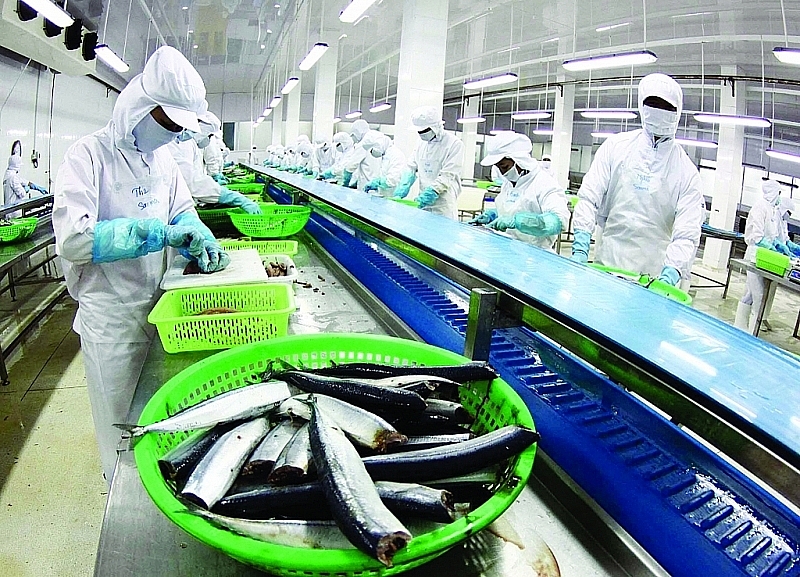 |
| Many problems regarding specialized inspection are in the fisheries sector. |
Procedures remain complicated
Deputy General Secretary of Vietnam Association of Seafood Exporters and Producers (VASEP) Pham Hoai Nam raised many concerns. Specifically, implementation of regulations on quarantine of aquatic animals and aquatic animal products according to Circular 26/2016 / TT-BNNPTNT and Circular 36/2018 / TT-BNNPTNT is costly to fisheries enterprises. According to the enterprises, the Circulars have not specified the application of the risk management principle, priority channeling in management and specialized inspection for imported fisheries and fisheries products. Currently 100% of shipments (including aquatic raw materials and aquatic products) must be inspected for sensory criteria, storage conditions, packaging and labeling specifications. Meanwhile, the Government’s Resolution No. 19 and Resolution No. 02 require that specialized inspection must comply with the principle of risk management.
Article 13 of Government's Decree No. 15/2018 / ND-CP of February 2, 2018, guiding a number of articles of the Law on Food Safety clearly states that "imported products and raw materials only used for export production and processing or for internal production of organizations and individuals and not for consumption in the domestic market are exempted from the State inspection of imported food safety (except for in case of warning about food safety). However, the provisions of the above two circulars do not allow cases of aquatics and aquatic products imported under the customs regimes E31 (imported raw materials for export production), E21 (imported raw materials for export processing) and A12 (imported raw materials for further production) to be the list of aquatic animals and animal products exempt from inspection.
“Another problem is not applying the principle of mutual recognition among countries. Specifically, imported shipments have food safety certificates issued by competent authorities of exporting countries but are not recognized and still subject to veterinary inspection upon import,” said Mr. Nam. He also said that the lack of guidance on sensory inspection method was also a difficulty for both enterprises and management agencies. For example, there are not specific regulations on how to inspect the storage conditions, packaging and labeling specification, appearance, sensory of each product (frozen, chilled and dried) but there are general regulations such as "suspecting or finding goods failing to meet veterinary hygiene requirements to conduct sampling for inspection of veterinary hygiene criteria but there are not specific criteria to conclude ‘satisfied’ and ‘unsatisfied’ upon sensory inspection.”This easily leads to inaccurate conclusions, causing negative acts and costs for enterprises.
In addition, some cases such as imported goods from fishing vessels must be classified by size and species under witness of the seller, so after goods were brought from the port, they must be immediately classified and put into production, and cannot be taken back to the cold storage to wait for the inspection results, otherwise the goods will be damaged. Or imported container goods but when unloading from the container, the seller wants to witness the trial production to check the quality of the goods but must wait for the results of the veterinary inspection agency, which makes it difficult for the operation of enterprises.
Cost duplicates
According to VASEP, problems related to the specialized inspection not only affect the time of production and export of enterprises but also incur quite a lot of costs. Mr. Nam cited a fairly complicated process in conducting the inspection and the attached costs. For fish cargo, ships only have one bill of lading, but the veterinary agency does not charge the sensory inspection by shipment but by total weight of the shipment divided by the average weight of a container of 25 tons. In addition to the sensory inspection charge, if the shipment is subject to sampling for inspection (applies to goods imported under customs regimes A11, A12, or E31 or E21 but concluded as “unsatisfied" upon sensory inspection), enterprises must pay an inspection charge which depends on inspection criteria specified for each item. In addition, it takes more time for enterprises to get the inspection result, causing extra charges for electricity, storage and yards, not including travel costs, expense for inspectors and other expenses. These expenses are also very high and will be included into costs constituting the product price.
From the above problems, VASEP proposed MARD to consider revising Circular 26 and Circular 36, and offering solutions to apply the principle of mutual recognition among countries, recognizing the inspection results of agencies of exporting countries as the same as the way the EU and other importing countries are recognizing Vietnam (these countries only inspect 2-5% of the number of imported shipments under normal conditions).
In addition, applying the risk management principle and priority channeling in management and specialized inspection for imported fisheries and fisheries products; applying the reduction/exemption regime for the sensory inspection criteria instead of inspection 100% of shipments as now to avoid overloading for enterprises and for the veterinary agency. For imported fisheries products for trading but used as raw materials for further processing (customs regime A12), they are allowed to apply the exemption of specialized inspection or frequency inspection.
Moreover, some enterprises also complain that they have to carry out too many inspection procedures, leading to costly expenses. According to an import-export employee of Vietnam Australia Refrigeration Electrical Engineering Group Joint Stock Company, some products such as: air conditioners, refrigerators and freezers, etc., are subject to inspection of many standards of QCVN: 09/2012, about minimum energy efficiency, leading to time and cost for the company, while the number of inspection agencies is not significant. As a result, the inspection fee is extremely high and the company has to spend from 10 million to 16 million VND / 1 model / 1 standard.
Many items carry two certificates
A representative of the Customs Control and Supervision Division (Quang Ninh Customs Department) said that there were still many overlaps in the specialized inspection, such as for LED items.
Specifically, in Appendix 4 issued together with the Ministry of Industry and Trade's Decision No. 1325A / QD-BCT of May 20, 2019, LED items (HS code 8539.50.00) must be inspected on energy efficiency (standards, technical regulations TCVN 11844: 2017). However, according to the instructions in the ordinal number 10 of the appendix issued together with the Decision No. 3810 / QD-BKHCN of December 18, 2019 of the Ministry of Science and Technology, LED items must be subject to State inspection of quality after customs clearance.
In addition, according to Circular No. 08/2019 / TT-BKHCN dated September 25, 2019 of the Ministry of Science and Technology; QCVN 19: 2019 / BKHCN, imported LED items must register for state inspection of quality of imported goods (as prescribed in the Circular No. 27/2012 / TT-BKHCN amended and supplemented in Circular No. 07/2017 / TT-BKHCN). Thus, imported LED items are subject to both specialized inspection of energy efficiency by the Ministry of Industry and Trade and state inspection of the quality by the Ministry of Science and Technology.
From the aforementioned problems, Quang Ninh Customs proposed the General Department of Customs to discuss with the Ministry of Industry and Trade and the Ministry of Science and Technology about the overlap in quality inspection of LED items. On the other hand, to facilitate enterprises to avoid administrative procedures, reduce costs incurred upon imports of above-mentioned items, it is recommended to let one management agency be the focal point for the implementation of specialized inspection.
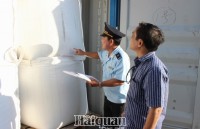 | Video: Urgently formulating the project "Renovating the model of inspection of the quality of export and import goods" VCN- Following the Government's guidance in Resolution No. 99 / NQ-CP, the Ministry of Finance (the General ... |
In addition to the above-mentioned items, at the end of 2019, through reviewing, Quang Ninh Customs Department also indicated many items subject to management by two ministries or two agencies. Specifically, raw materials for animal feed production (corn, soybean meal and wheat grain) must be both inspected of quality by the Department of Livestock Production and quarantined by the Plant Protection Department; seedlings must be both quarantined and certified conformity announcement; frozen aquatic products (red-headed fish, frozen blue crabs, etc.) must be subject to food safety inspection by the Agro - Forestry - Fisheries Quality Assurance Department and animal quarantine by the Department of Animal Health; exported frozen shrimp and fish must be subject to food safety and quarantine certification by the Agro - Forestry - Fisheries Quality Assurance Department and producing facilities must be on the list accredited for food hygiene and safety or fisheries processing for export.
The above mentioned problems show the need for a new solution to create a breakthrough in specialized inspection.
Part 3: Reform of specialized inspection model is inevitable
Related News
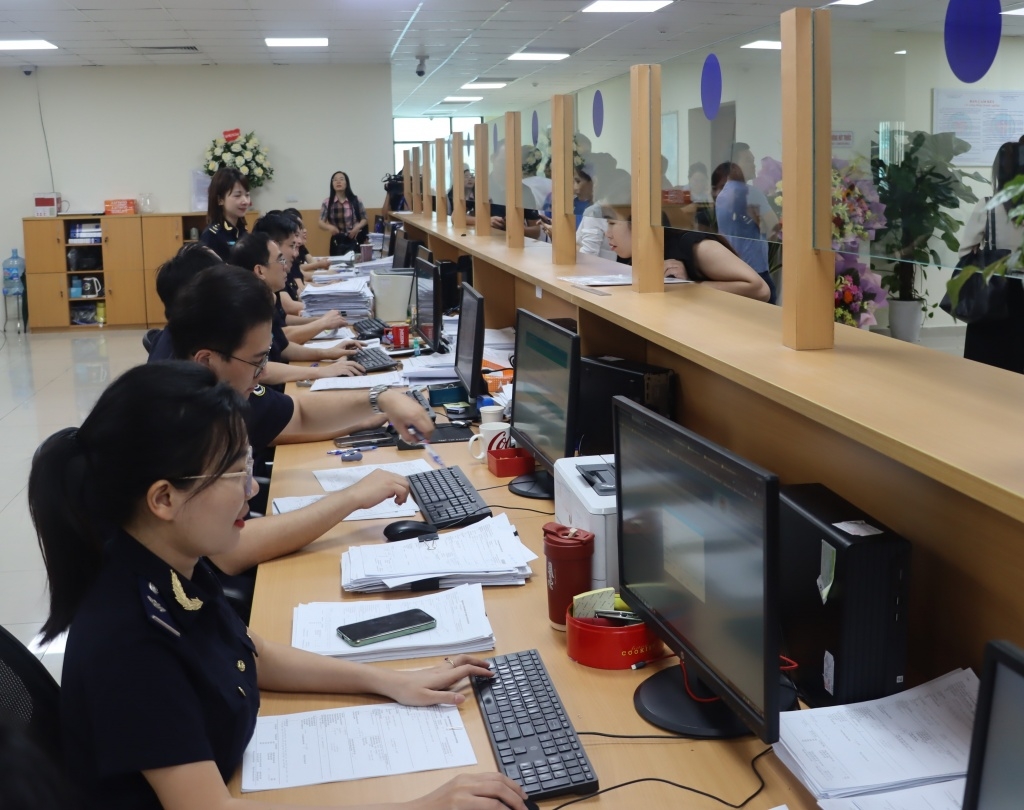
Hai Phong Customs’ revenue rises about VND 1,000 billion
14:52 | 14/02/2025 Customs
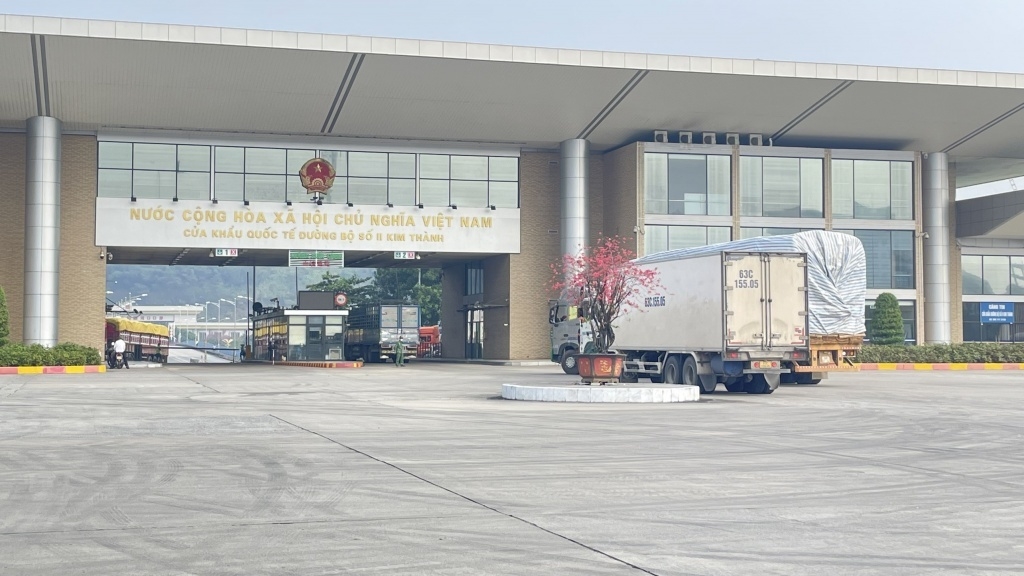
Import and export turnover reaches about US$29 billion in the second half of January 2025
14:52 | 14/02/2025 Import-Export
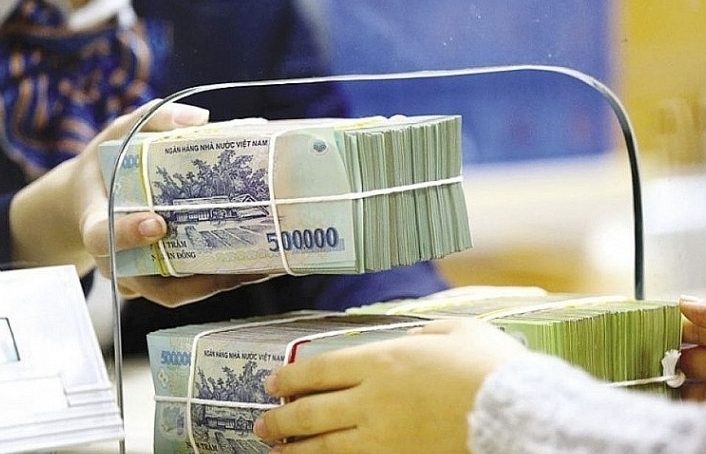
State revenue in first month of the year equal to 14% of the estimate
10:12 | 11/02/2025 Finance
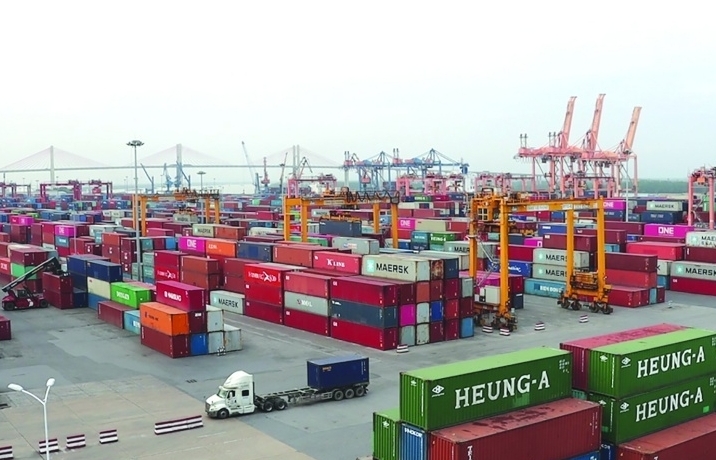
Hai Phong Customs processes more than 1,500 declarations during 2025 Lunar New Year holiday
14:09 | 05/02/2025 Customs
Latest News
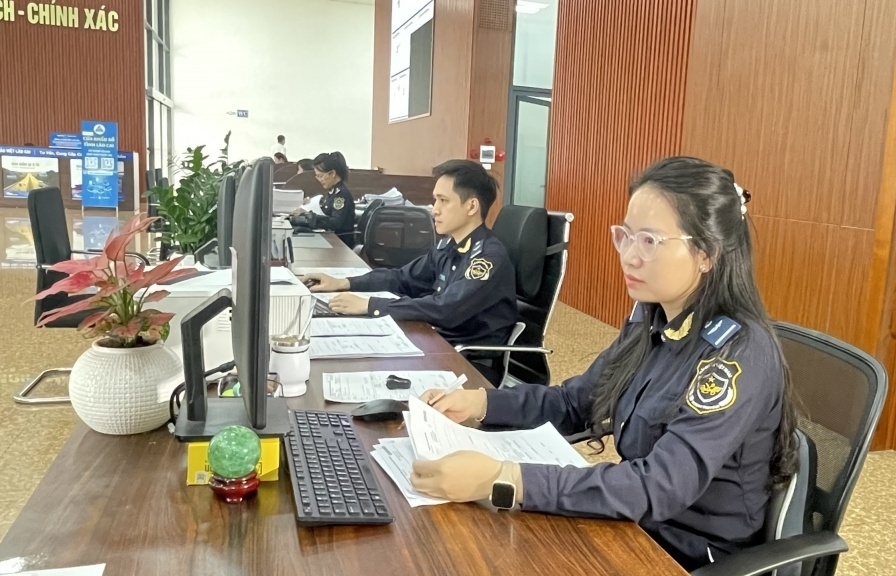
Vietnam Customs forms implementation task force on developing customs procedures
16:29 | 15/02/2025 Customs

Quang Tri Customs launches business support initiatives
16:29 | 15/02/2025 Customs

Administrative reform: Khanh Hoa Customs delivers impressive results
14:52 | 14/02/2025 Customs
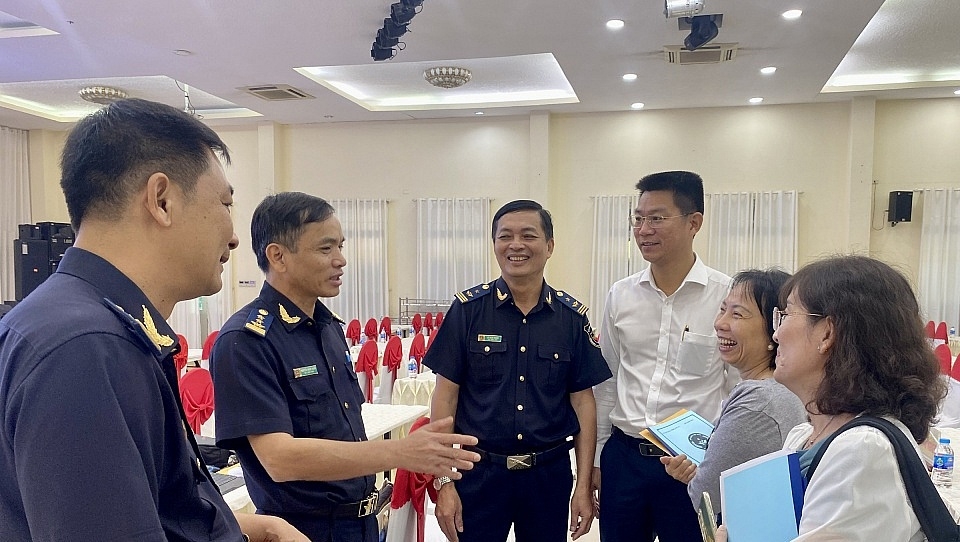
GDVC sets goal of widely disseminating Customs policies
07:49 | 12/02/2025 Customs
More News
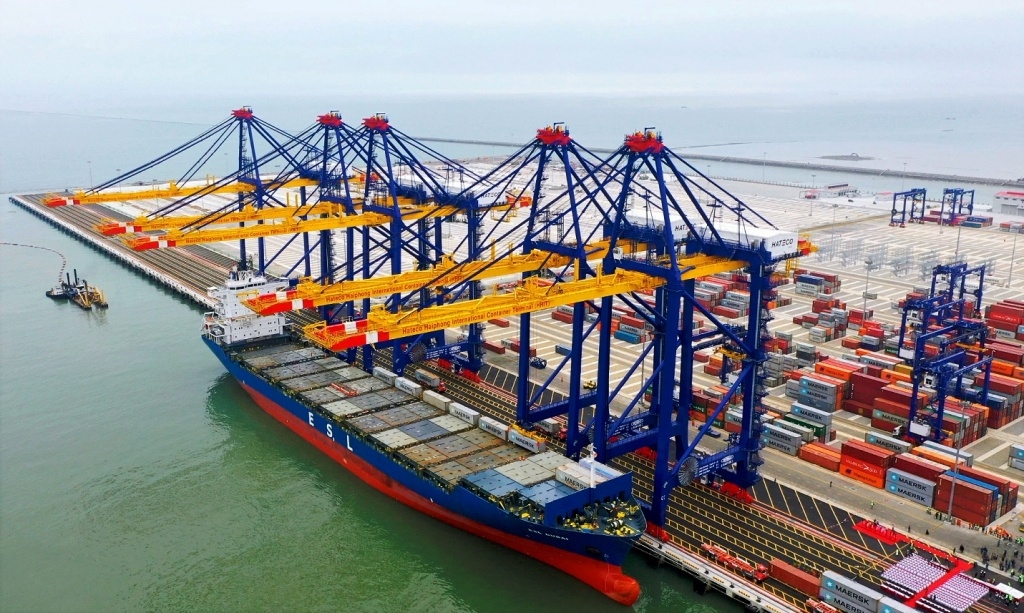
Hai Phong Customs sets out 15 tasks to achieve the revenue target of VND 72,000 billion
10:12 | 11/02/2025 Customs
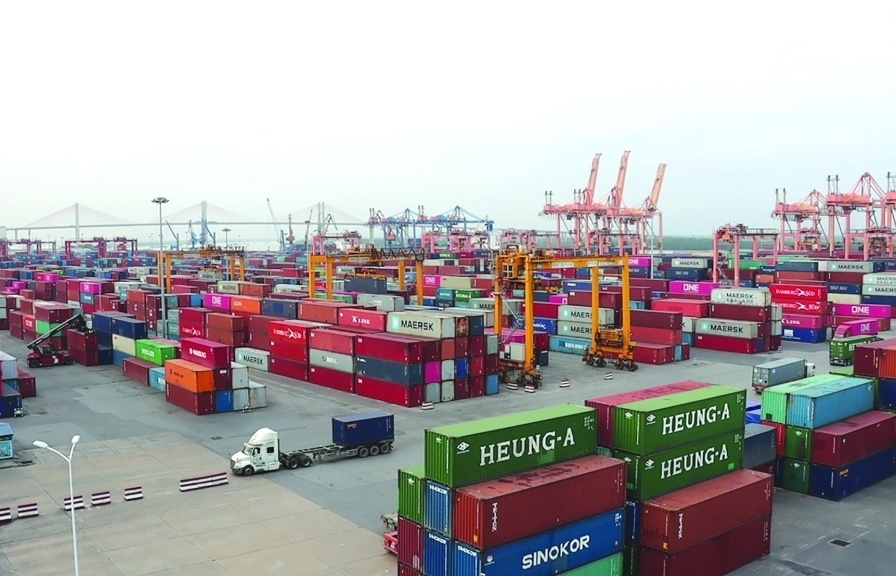
Over 1,500 customs declarations processed by Hai Phong Customs during Tet
14:36 | 10/02/2025 Customs
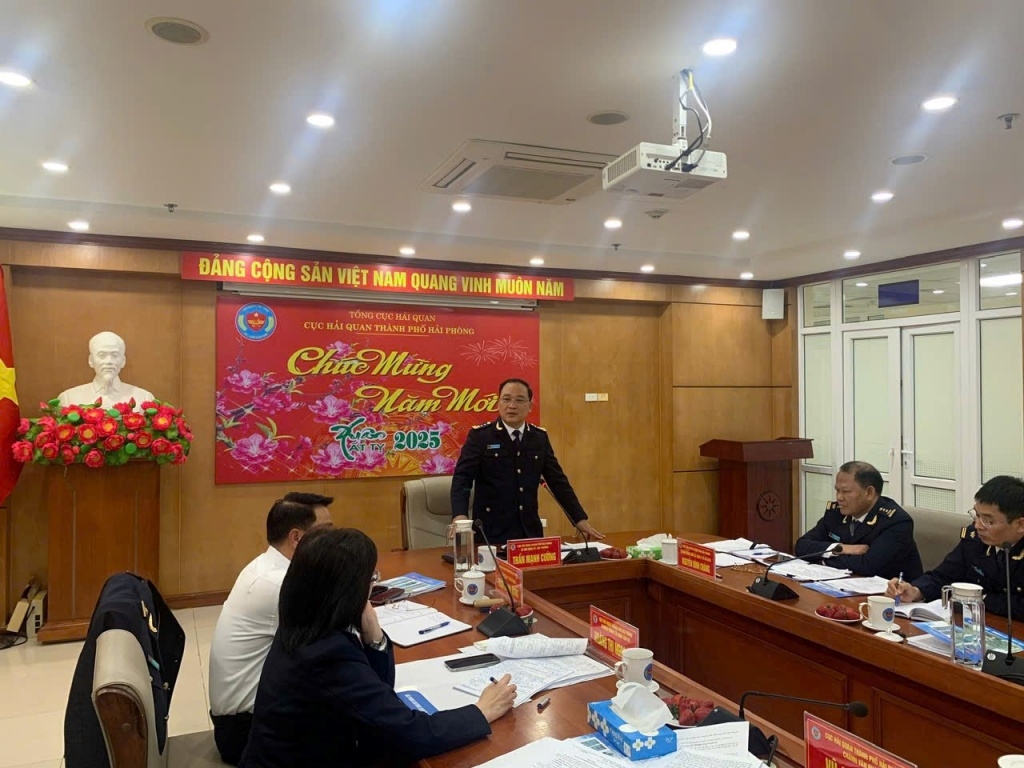
Hai Phong Customs strives to perform tasks from the beginning of the year
08:45 | 09/02/2025 Customs
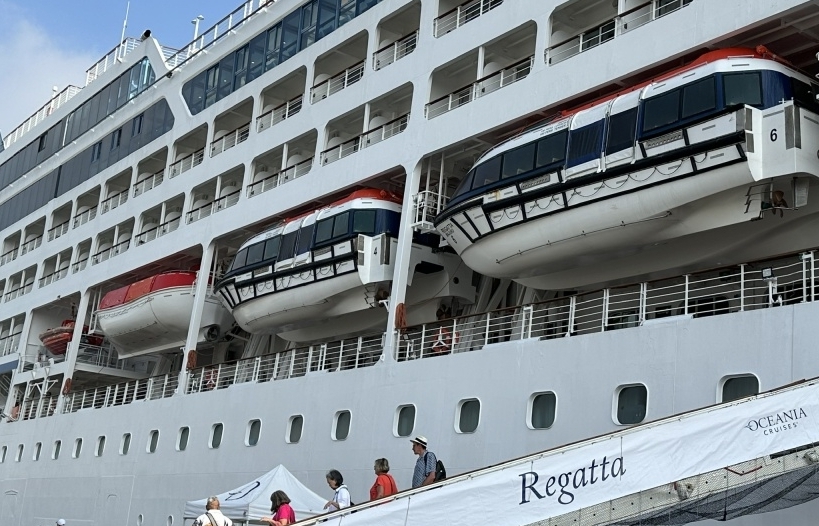
Ho Chi Minh City: Foreign visitors spend more than VND1,500 billion to buy goods upon exit
10:01 | 07/02/2025 Customs
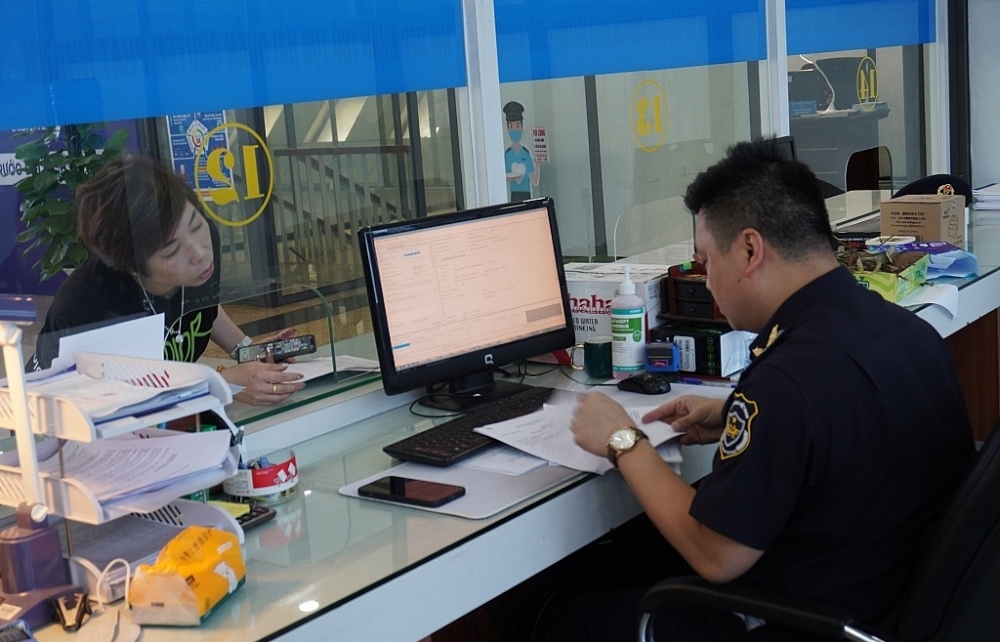
3,500 customs declarations handled in Lang Son over Tet
09:57 | 06/02/2025 Customs
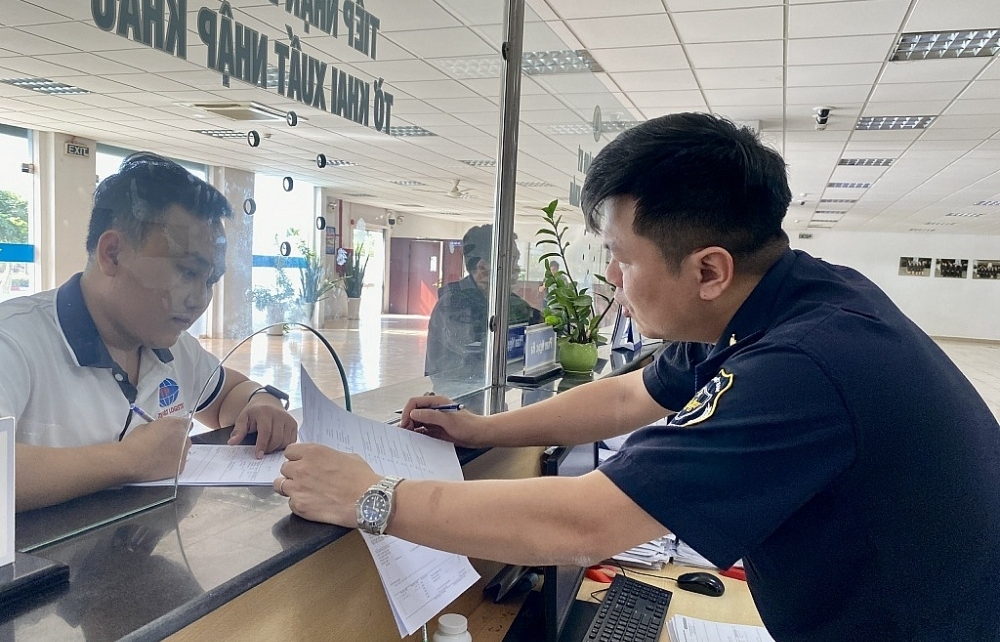
US$10.5 million in trade flows through Binh Duong Customs during Tet During the 2025 Lunar New Year
14:08 | 05/02/2025 Customs
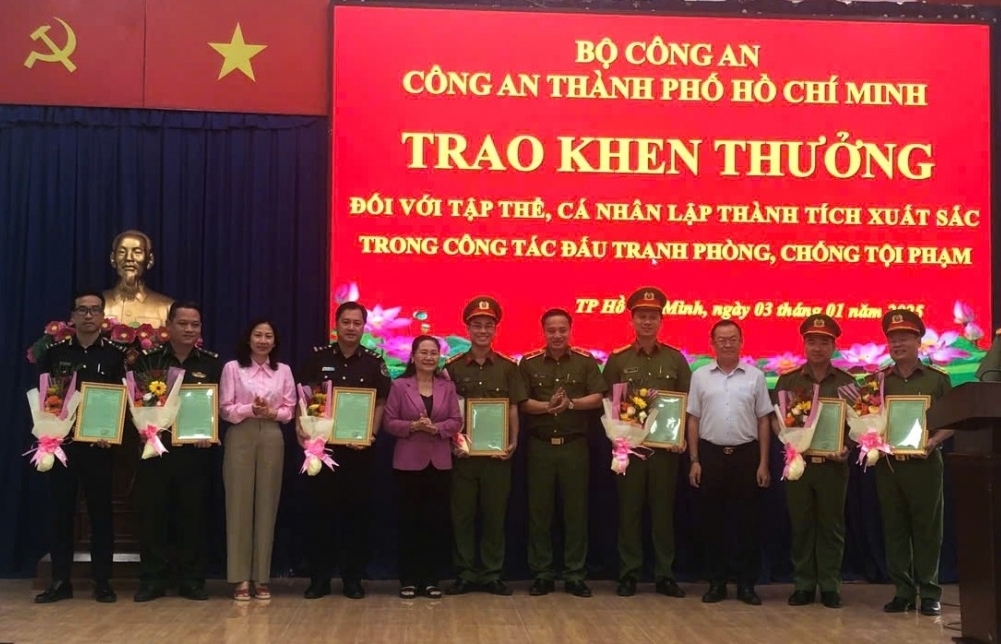
Proactive customs measures for express parcels: Tightening control over import-export goods
22:09 | 27/01/2025 Customs
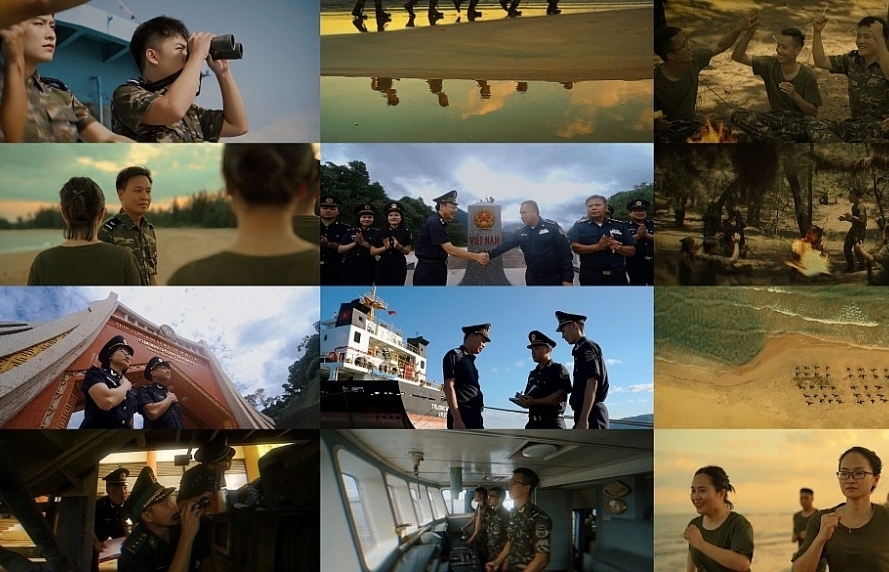
Best covers of Vietnam Customs songs: 15 winners revealed
10:58 | 22/01/2025 Customs
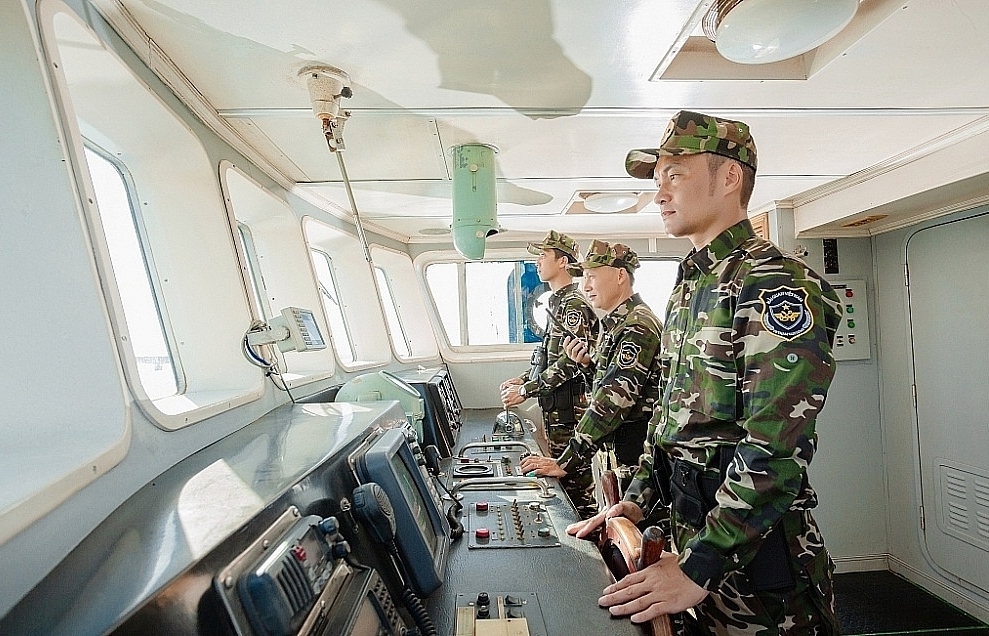
Vietnam Customs kicks off campaign for innovation, breakthrough, and growth
14:15 | 21/01/2025 Customs
Your care
The system has not recorded your reading habits.
Please Login/Register so that the system can provide articles according to your reading needs.

Vietnam Customs forms implementation task force on developing customs procedures
16:29 | 15/02/2025 Customs
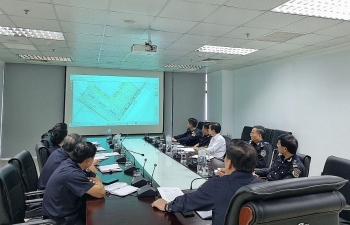
Quang Tri Customs launches business support initiatives
16:29 | 15/02/2025 Customs

Hai Phong Customs’ revenue rises about VND 1,000 billion
14:52 | 14/02/2025 Customs

Administrative reform: Khanh Hoa Customs delivers impressive results
14:52 | 14/02/2025 Customs

GDVC sets goal of widely disseminating Customs policies
07:49 | 12/02/2025 Customs
